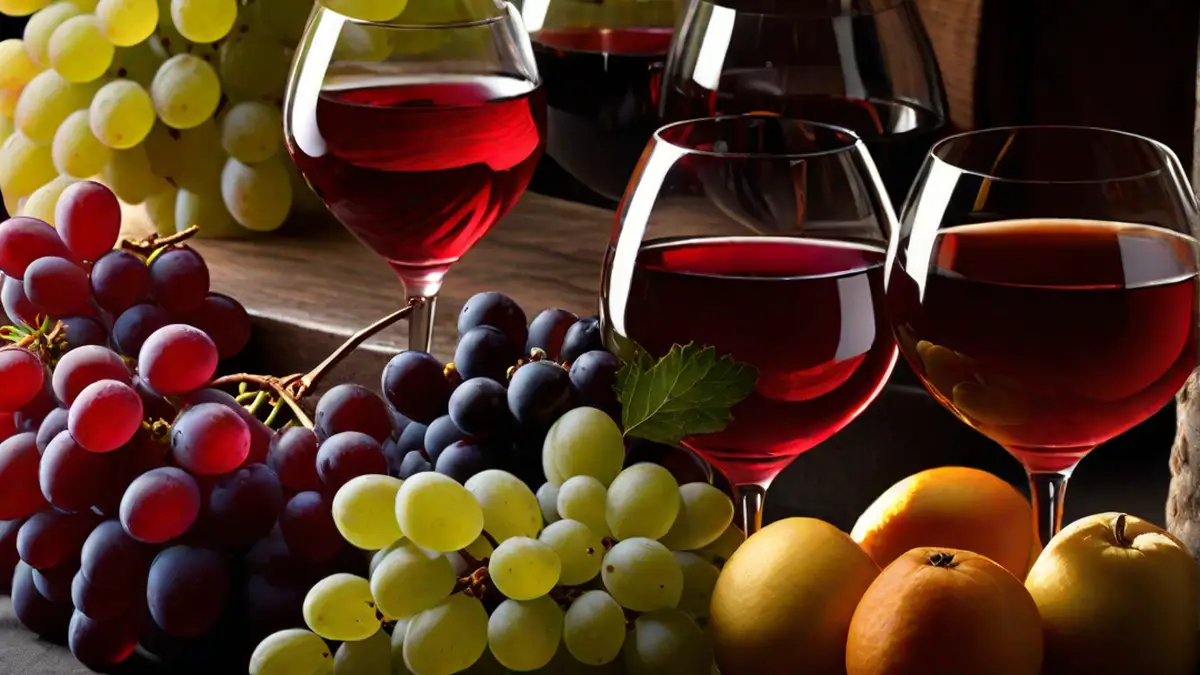The art and science of winemaking is an intriguing process that utilizes grape juice to create a delectable and intricate beverage. Currently, I would like to reveal several of my treasured winemaking formulas, which I have crafted throughout the years and are bound to astonish your loved ones.
Recipe 1: Classic Red Wine
Let’s start with a classic red wine recipe. The first step is to choose the right grapes. For a red wine, you’ll want to use a variety that has a good balance of acidity and sweetness. Some popular choices include Cabernet Sauvignon, Merlot, and Syrah. Once you have your grapes, you’ll need to crush them to release the juice. You can do this by hand or with a mechanical crusher.
Next, it’s time for fermentation. This is where the magic happens. The yeast will consume the sugars in the grape juice and convert them into alcohol. You’ll want to add a specific strain of wine yeast to ensure a good fermentation. The temperature and duration of fermentation will vary depending on the recipe, so it’s important to follow the instructions carefully.
After fermentation, it’s time to press the wine. This separates the liquid from the solid grape skins and seeds. You can use a traditional wine press or a more modern method like a bladder press. Once the wine is pressed, it’s ready for aging. Red wines usually benefit from aging in oak barrels, which adds complexity and flavor.
Recipe 2: Refreshing White Wine
If you prefer white wine, this recipe is for you. Start by choosing a white grape variety with bright acidity and fruity flavors. Popular choices include Chardonnay, Sauvignon Blanc, and Riesling. Once you have your grapes, gently crush them to extract the juice. It’s important to avoid crushing the grape seeds, as they can add bitterness to the wine.
Next, it’s time for cold stabilization. This is a process that helps remove impurities and stabilize the wine. You’ll want to chill the juice to around 32°F (0°C) for a few days. During this time, any solids or unstable compounds will settle to the bottom of the container.
After cold stabilization, it’s time for fermentation. White wines are typically fermented at cooler temperatures to preserve their fresh and vibrant flavors. Again, it’s important to choose the right strain of wine yeast and follow the fermentation instructions carefully.
Once fermentation is complete, you can clarify the wine by racking it. This involves transferring the wine from one container to another, leaving behind any sediment. Finally, it’s time to bottle the wine. White wines are often enjoyed young, so you won’t need to age them as long as red wines. They’re perfect for sipping on a warm summer evening.
Conclusion
Whether you’re a beginner or an experienced winemaker, these recipes are a great starting point for your winemaking journey. Get creative and experiment with different grape varieties, fermentation techniques, and aging methods. Don’t be afraid to put your own personal touches and flair into your winemaking process. Cheers!
